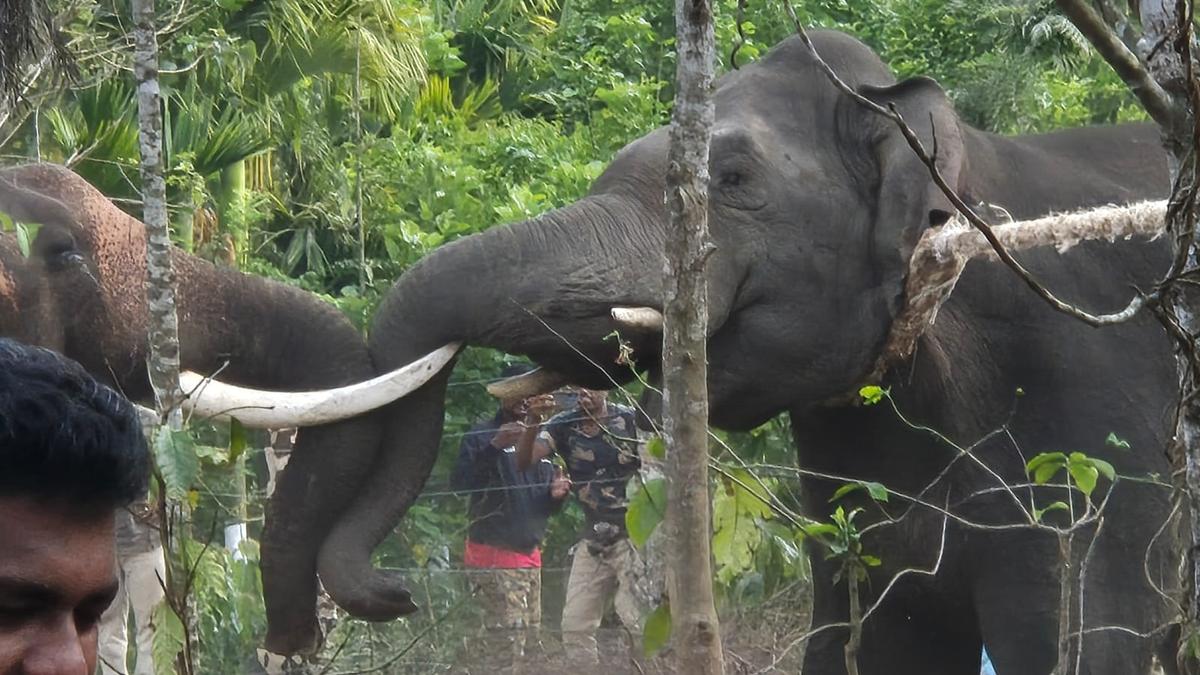Bhadra Wildlife Sanctuary

- 29 Mar 2025
In News:
Karnataka Forest Department has initiated a "soft release" strategy to address the escalating human-elephant conflict in the districts of Hassan, Chikkamagaluru, and Kodagu. The strategy involves the phased rehabilitation of captured elephants into the Bhadra Wildlife Sanctuary (BWS).
Soft Release Strategy – Key Highlights
- Objective: To rehabilitate conflict-prone wild elephants and reduce human-elephant encounters.
- Implementation Site:Bhadra Wildlife Sanctuary (BWS), Chikkamagaluru district.
- Initial Step: Captured elephants will be placed in a 20 sq. km enclosure within the sanctuary.
- Purpose of Enclosure:
- Acclimatisation to the wild.
- Health monitoring and behavioural assessment.
- Final Release: Once deemed fit, elephants will be released into one of four pre-identified zones in BWS, chosen based on:
- Availability of water and forage.
- Absence of human activity.
- Road connectivity.
Monitoring & Management
- The enclosure will be fenced using railway barricades.
- A dedicated team of veterinarians will supervise the elephants from a nearby veterinary centre.
- Minimal human interaction will be ensured during the acclimatisation period.
- Expert guidance is being provided by Prof. R. Sukumar (Indian Institute of Science) and senior forest officials.
About Bhadra Wildlife Sanctuary (BWS)
- Location: Western Ghats, Karnataka.
- Area: 492.30 sq. km.
- Also Known As:Muthodi Wildlife Sanctuary.
- Named After: Bhadra River.
- Status: A designated Project Tiger Reserve.
Ecological Significance
- Forest Types:
- Southern Moist Mixed Deciduous Forests.
- Dry Deciduous Forests.
- Shola Forests.
- Wildlife Diversity:
- Mammals: Tigers, leopards, elephants, gaurs, dholes, and deer.
- Birds: ~250 species, including endemic birds like Hornbills, Malabar Trogon, and Hill Myna.
Significance of the Initiative
- Biodiversity Conservation: Enhances protection of endangered species and habitats in the Western Ghats.
- Conflict Mitigation: Aims to provide a sustainable solution to frequent elephant incursions, crop damage, and human casualties.
- Model Strategy: Draws upon similar practices implemented in West Bengal and tailors them to Karnataka’s ecological conditions.
